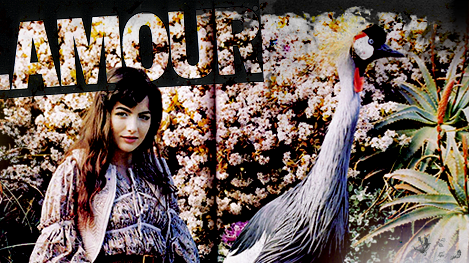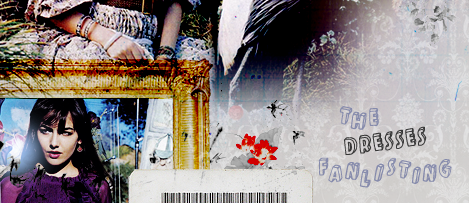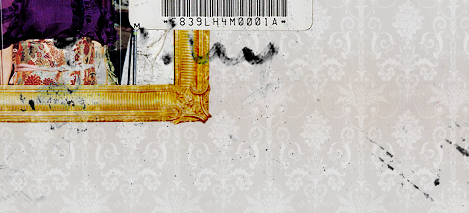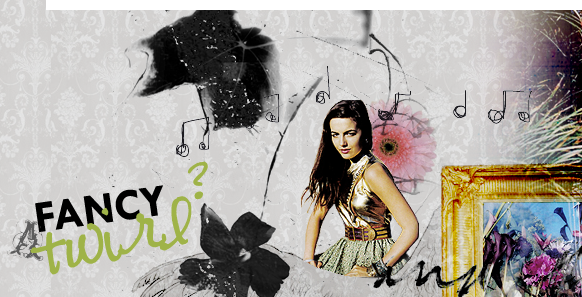Dresses
A dress (also frock, gown) is a garment consisting of a skirt with an attached bodice or with a matching bodice giving the effect of a one-piece garment.In Western culture, dresses are usually considered women's clothing. The hemline of dresses can be as high as the upper thigh or as low as the ground, depending on the whims of fashion and the modesty or personal taste of the wearer.
History
19th CenturyDresses increased dramatically to the hoopskirt and crinoline-supported styles of the 1860s; then fullness was draped and drawn to the back. Dresses had a "day" bodice with a high neckline and long sleeves, and an "evening" bodice with a low neckline (decollete) and very short sleeves.
Throughout this period, the length of fashionable dresses varied only slightly, between ankle-length and floor-sweeping.
Dress Types
Depending on design dresses are classified. Different basic dress shapes are:• Shirtwaist, a dress with a bodice (waist) like a tailored shirt and an attached straight or full skirt
• Sheath, a fitted, often sleeveless dress, often without a waistseam (1960s)
• Shift, a straight dress with no waist shaping or seam (1960s)
• Jumper dress (American English) or Pinafore dress (British English) is a sleeveless dress intended to be worn over a layering top or blouse. Jumper dresses exist for both summer and winter wear.
• Sundress is an informal sleeveless dress of any shape in a lightweight fabric, for summer wear.
• Tent, a dress flared from above the bust, sometimes with a yoke (1960s, renewed popularity after 2005)
• Maxi dress, a long, formfitting, floor or ankle length dress.
• Wrap dress, a dress with a front closure formed by wrapping one side across the other and knotting the attached ties on the side, or fastening buttons. This forms a V-shaped neckline and hugs a woman's curves. A faux wrap dress resembles this design, except that it comes already fastened together with no opening in front, but instead is slipped on over the head. (1970s; renewed popularity from late 1990s)
Fads/Fashions
• Gown, a dress with a fitted or tight bodice and a straight or full skirt, worn for formal occasions like a banquet, an opera, or a gala.
• Chanel's little black dress (1920s and on)
• Tea gown, a frothy, semiformal dress
• Dinner dress, a semiformal dress worn when fashionable people "dressed for dinner" (men in tuxedos or dinner jackets, even at home)
• Coronation gown, formal wear for coronations
• Wedding dress, a gown for the bride of a wedding
• Evening gown, a long dress for formal occasions, worn to formal receptions in the evening
• Ball gown, a long dress with a full, sweeping, or trained skirt for dancing, worn to balls and other white tie occasions
• Kitty Foyle, a dark-colored dress with contrasting (usually white) collar and cuffs (1940s, after a dress worn by Ginger Rogers in the movie of the same name)
• Cocktail dress, a semiformal party dress of the current street length (1950s and sporadically popular since)
• Granny gown, an ankle-length, often ruffled, day dress of printed calico, cut like a Victorian nightgown, popularized by designer Laura Ashley (late 1960s-1970s)
• Ballroom dress, a dress worn for practice in ballroom dancing
• Hoodie Dress, this dress type became popular in 2006 and continues through 2009. This is a dress with a hoodie. This can look like the style of a regular hoodie top or it can look like a hoodie without sleeves and a long sleeved shirt underneath. Like a layered t-shirt. The hoodie dress is popular worn with jeans, leggings, or opaque tights footed or footless, and sneakers or flats.
• Surplice dress - has a neckline which is formed by two pieces of fabric wrapping around each other creating a V-neck.
Usage
In Europe and America, dresses are worn by females of all ages as an alternative to a separate skirt and blouse or trousers. Dresses are often used by young girls and as more formal attire by adult women.Potential drawbacks of dresses include being either too long or cumbersome for the performance of some physical activities such as climbing stairs or ladders. Their use can run contrary to the individual or wider public sense of modesty and decency, especially given their potential to intentionally or accidentally expose the wearer's underwear or lack of. In addition, some dress styles, particularly those with back closures, can be difficult or even impossible to don or remove without assistance.
Dresses however can be cooler and less confining than many trouser styles, and they are still very popular for special occasions such as proms or weddings.






